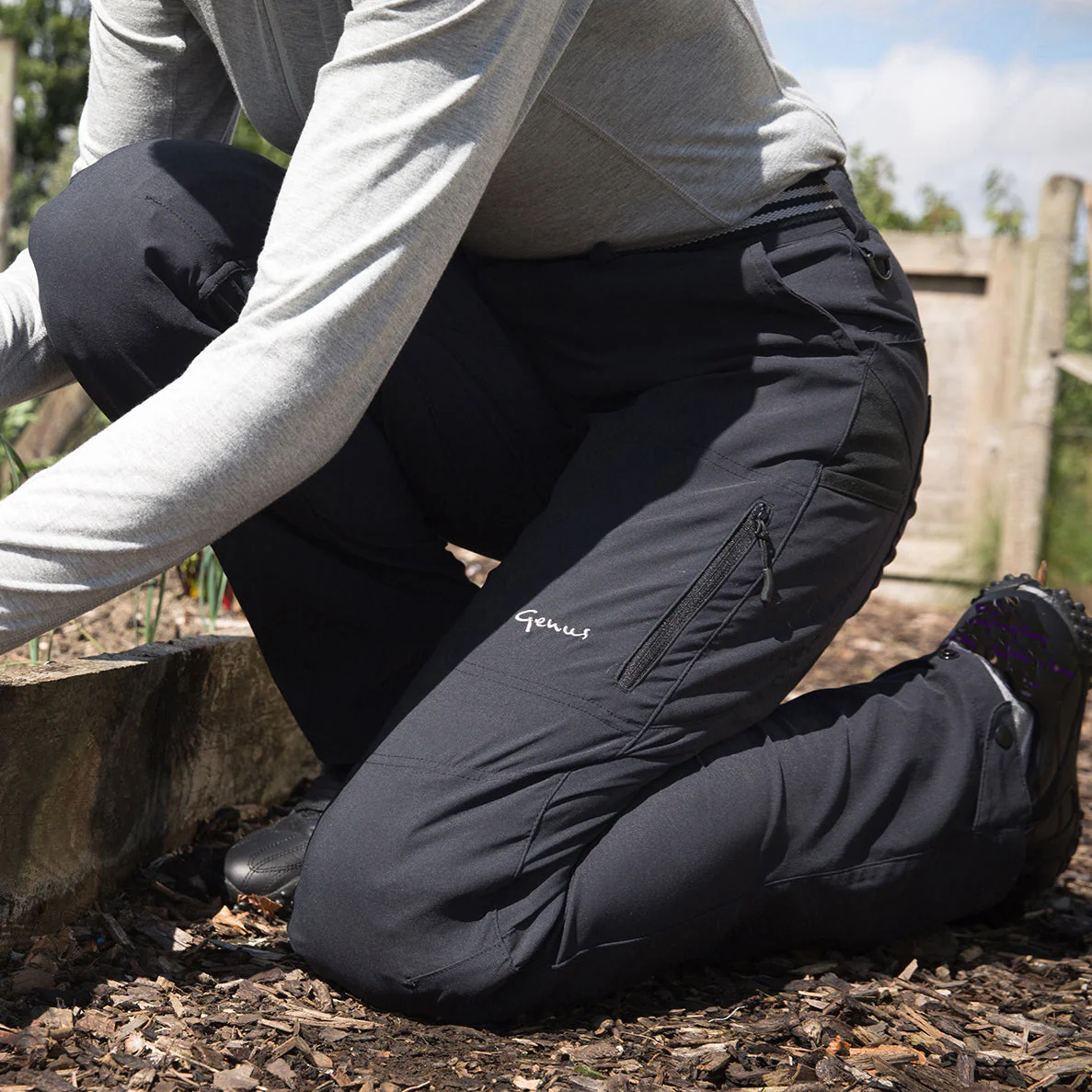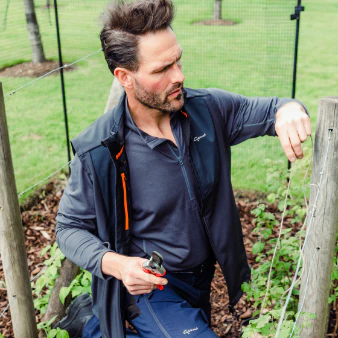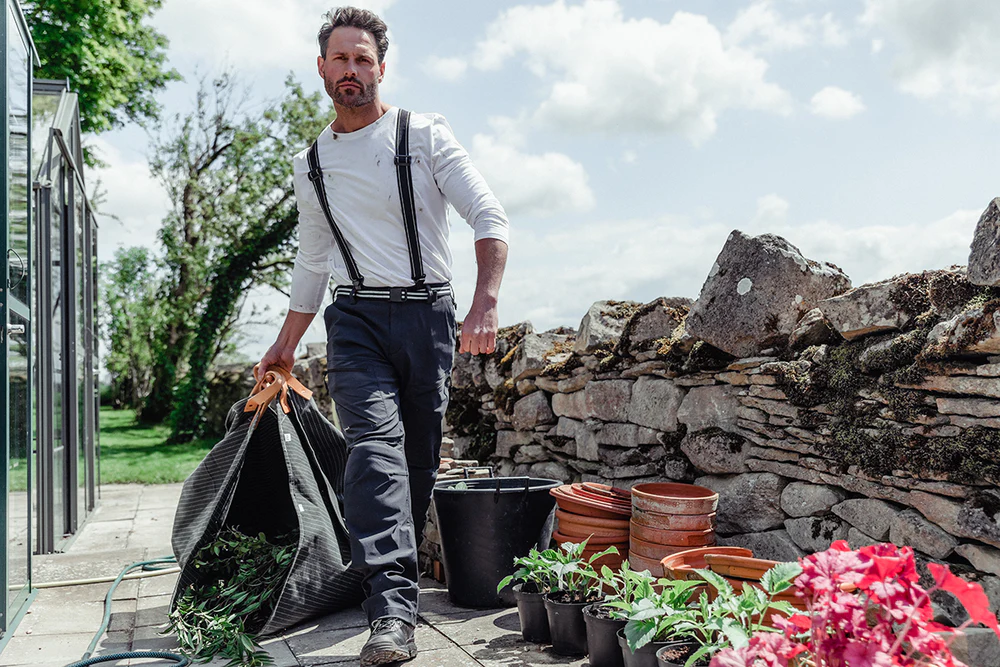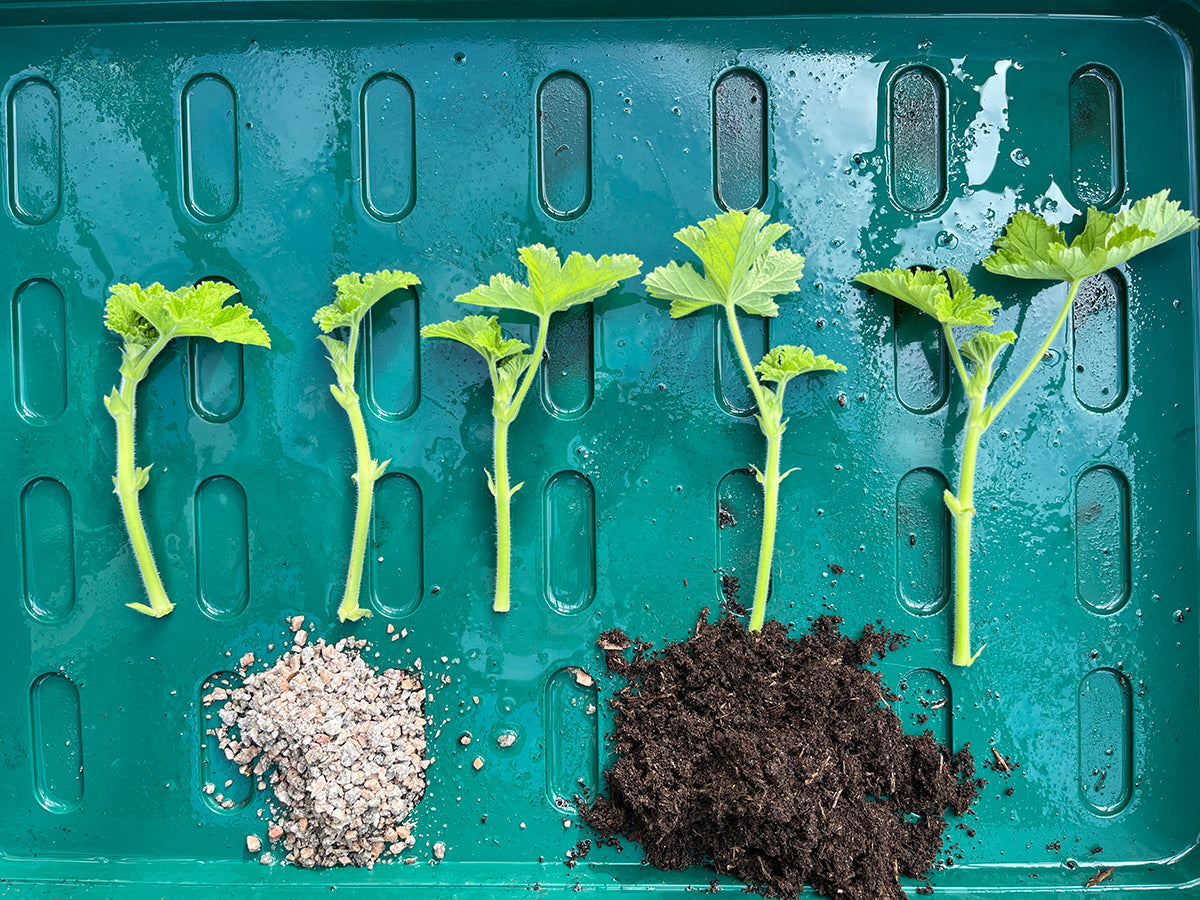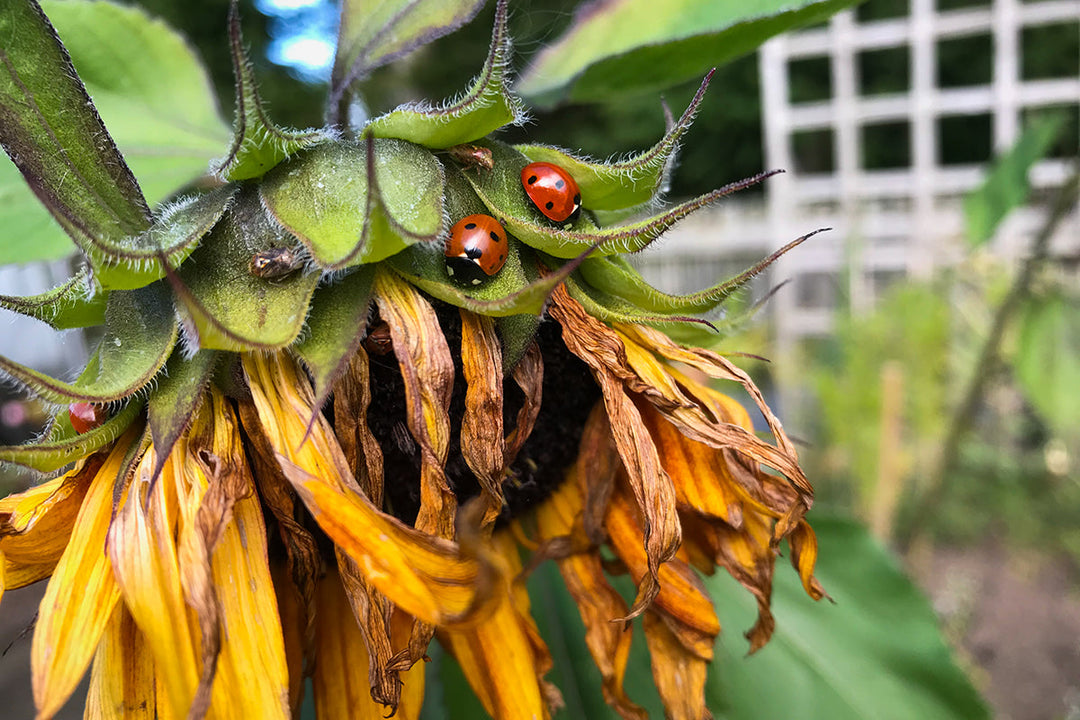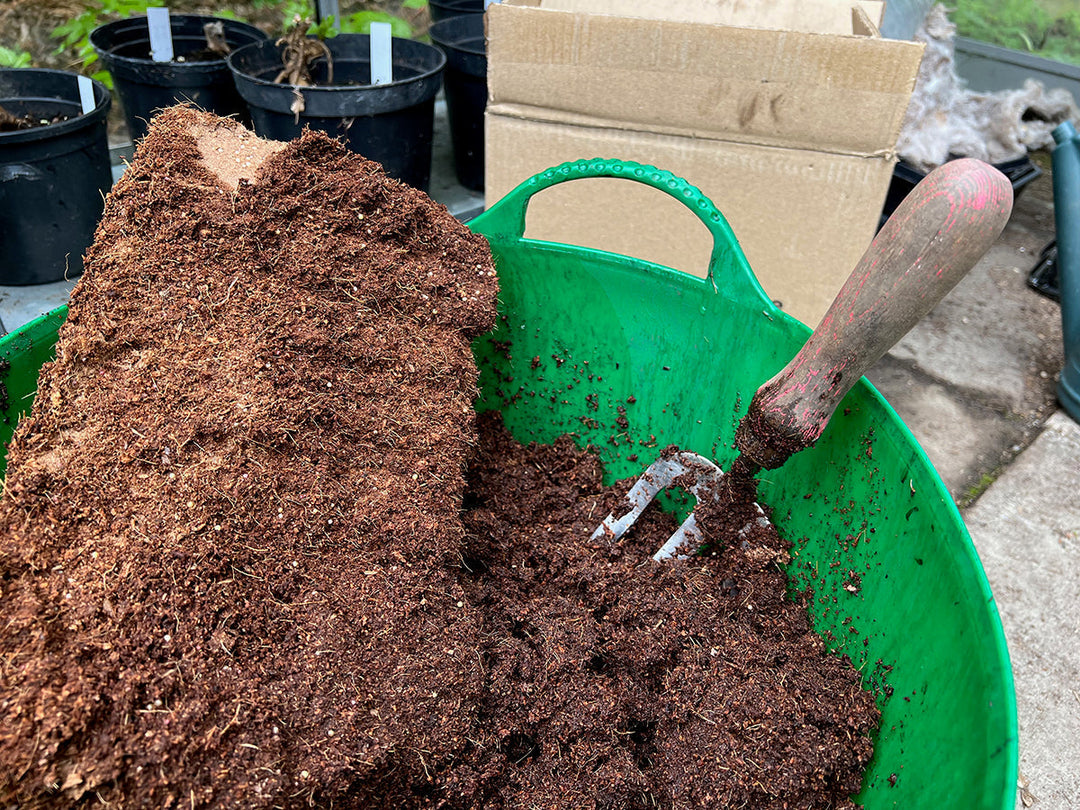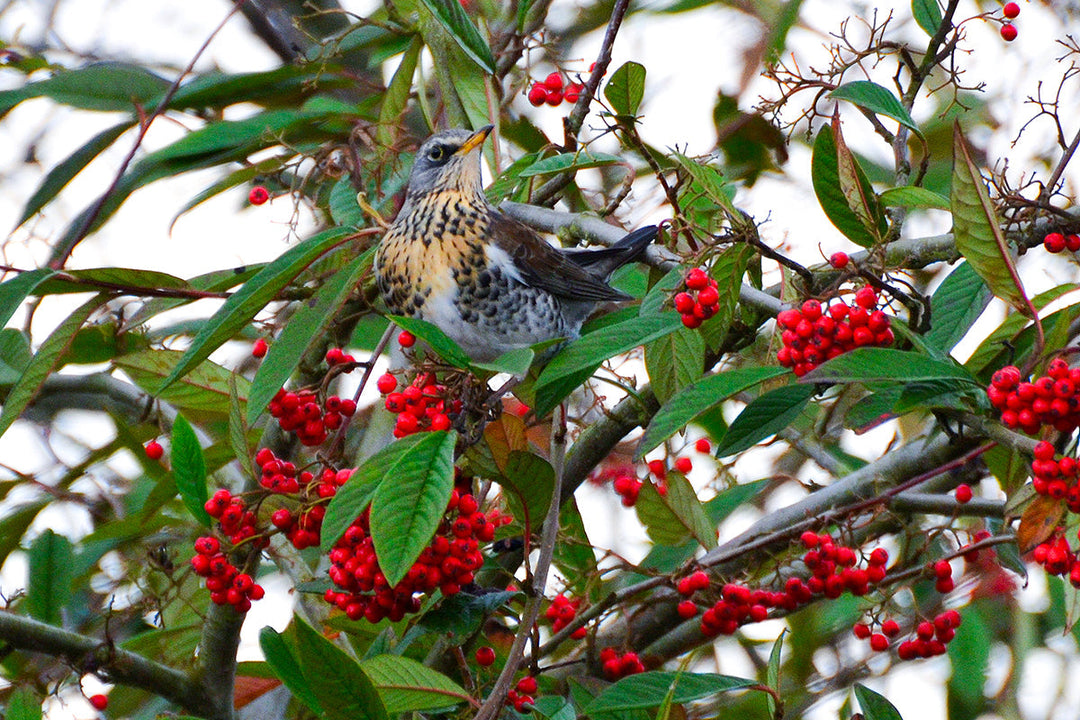Mast Years - time to fill the larder

Anybody with a garden or access to the countryside can’t have missed the abundance of fruit on trees and shrubs this autumn. Blackberries, hawthorn, apples, sweet chestnuts, walnuts, and medlars (pictured) are all incredibly prolific. Years like this are known as ‘mast’ years - a year when plants produce an unusual abundance of fruit.
Beech ‘mast’ is perhaps the best, if not the only example of ‘mast’ being used to commonly describe the fruits or nuts of a plant, but it applies equally to any other fruits, the word being derived from the Old English mæst, of West Germanic origin and probably related to meat.
Mast itself is divided into two categories - hard, and soft. Hard mast is nuts and fruits from trees like beech (beechnuts) and oak (acorns). Soft mast are the fruits from hawthorn and elderberry but also includes leaf buds and catkins. Whatever the terminology, it spells a good winter for wildlife. We’ve already seen squirrels in the garden burying the walnuts. We’ve even recently found a secret stash of acorns in the hollow of an old apple tree. We notice humans too have been making provisions for the winter with lots of people out picking blackberries. Requests for sloe and damson gin recipes online suggest that a very merry Christmas is in store.


